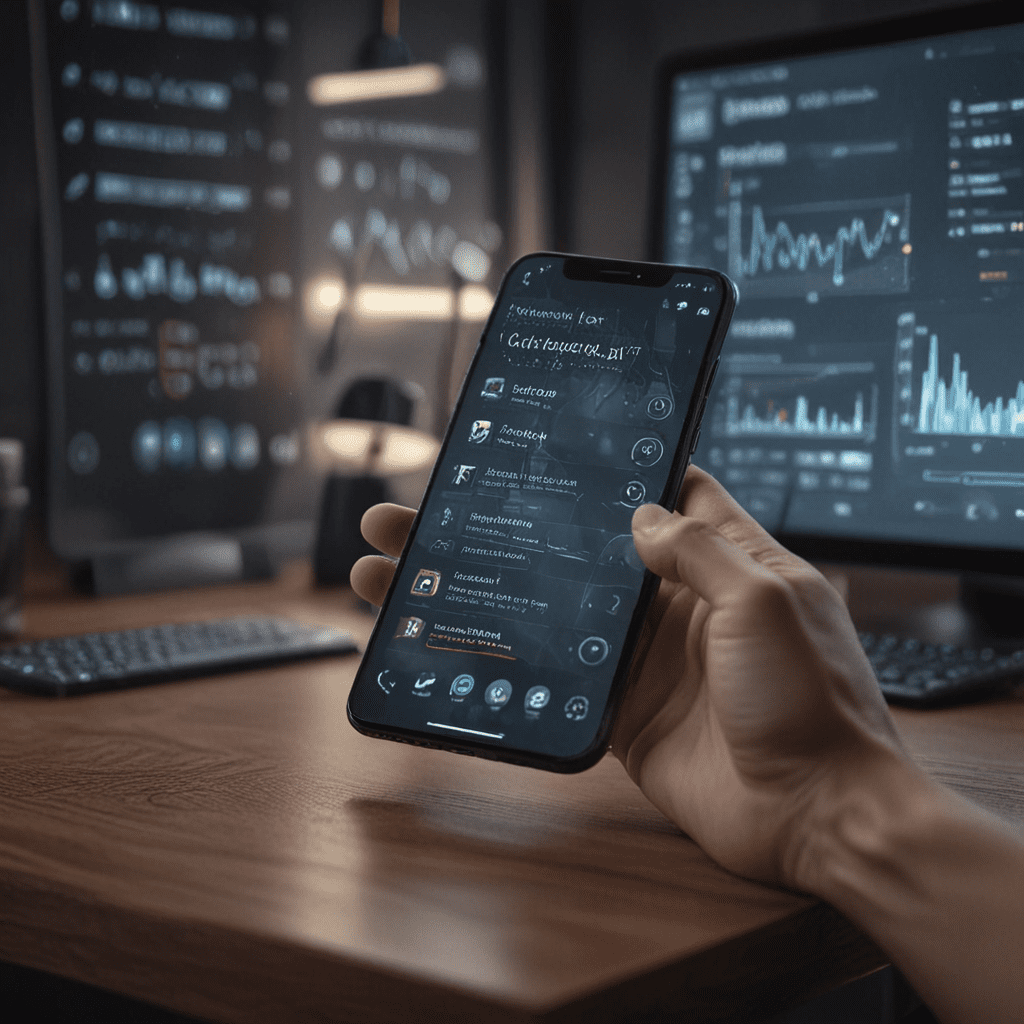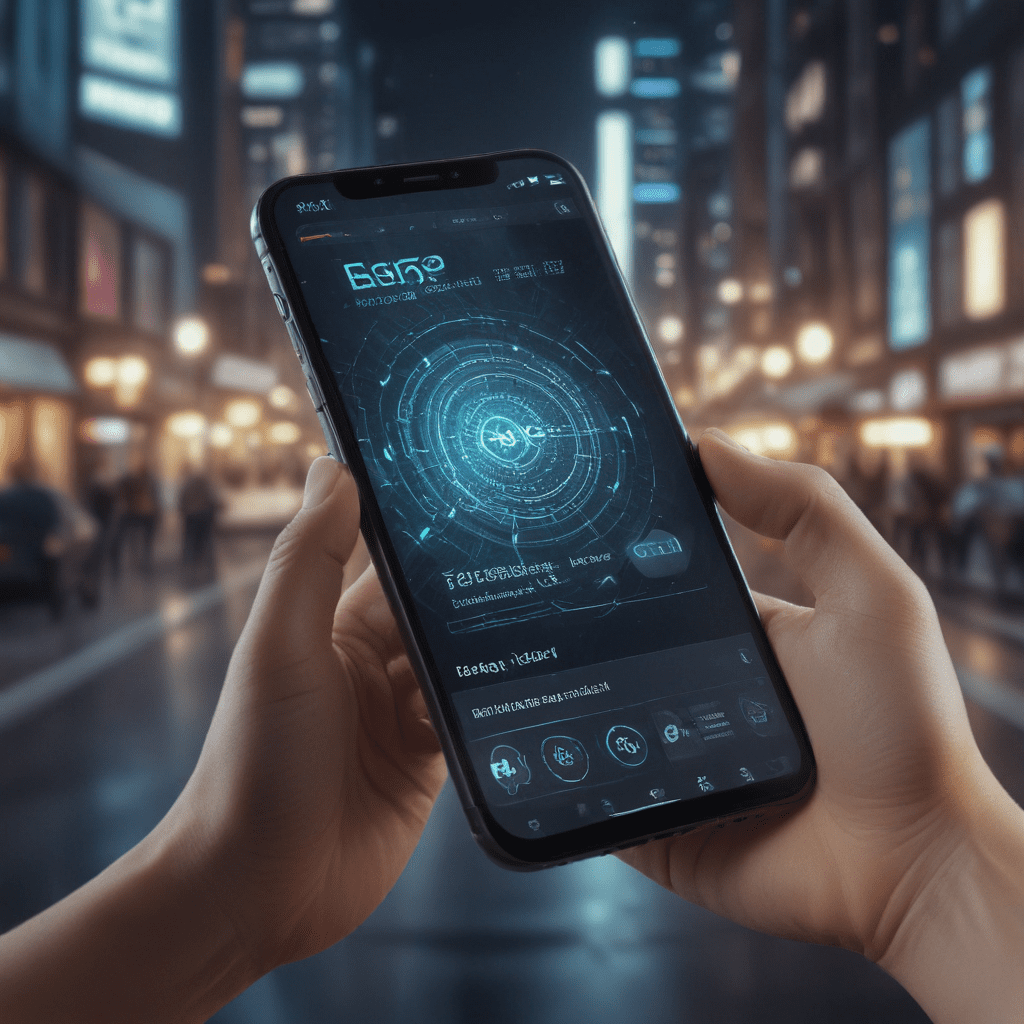The Impact of Edge AI in Real-Time Mobile Apps
I. Introduction
Edge AI is revolutionizing the development of real-time mobile apps. By processing data directly on the device, edge AI eliminates the need for cloud computing, significantly reducing latency and enhancing user experience. This article explores the transformative impact of edge AI on real-time mobile apps, its benefits, use cases, and challenges.
II. Overview of Edge AI
Edge AI refers to the deployment of AI algorithms on devices at the edge of the network, such as smartphones and IoT sensors. Unlike traditional cloud-based AI, edge AI enables real-time data processing and decision-making without the need for external servers. This distributed architecture provides numerous advantages for real-time mobile apps.
III. Benefits of Edge AI for Real-Time Mobile Apps
The integration of edge AI in real-time mobile apps offers several key benefits:
A. Reduced Latency
Edge AI eliminates the time lag associated with cloud computing, as data is processed directly on the device. This significantly reduces latency, making real-time applications more responsive and interactive. Reduced latency is crucial for time-sensitive applications such as autonomous vehicles and augmented reality experiences.
B. Increased Privacy
Edge AI enhances user privacy by keeping data local to the device. Unlike cloud-based AI, which requires data to be transmitted to remote servers, edge AI processes data securely on the device, reducing the risk of data breaches and unauthorized access. This privacy advantage is essential for apps handling sensitive information or operating in privacy-conscious environments.
C. Enhanced User Experience
By eliminating latency and ensuring privacy, edge AI improves the overall user experience of real-time mobile apps. Users benefit from faster response times, seamless interactions, and a sense of security knowing their data is protected. This enhanced user experience contributes to increased app engagement and user satisfaction.
IV. Use Cases of Edge AI in Real-Time Mobile Apps
Edge AI has found numerous applications in real-time mobile apps, including:
A. Object Detection and Recognition
Edge AI can identify and recognize objects in real-time, enabling applications such as augmented reality (AR) shopping, visual navigation, and object tracking. By processing images and videos directly on the device, edge AI delivers fast and accurate object detection and recognition.
B. Image Segmentation
Edge AI can segment images into different regions, making it possible to identify individual elements within a scene. This capability is useful for tasks such as background removal, image editing, and content moderation. Edge AI allows real-time image segmentation, enabling rapid and precise object and scene analysis.
C. Predictive Maintenance
Edge AI can continuously monitor device data and predict potential failures or performance degradation. This predictive maintenance capability helps prevent costly breakdowns and optimizes equipment lifespan. By analyzing device data on the edge, edge AI enables real-time monitoring and timely maintenance interventions.
V. Challenges of Implementing Edge AI in Real-Time Mobile Apps
While edge AI offers significant benefits, it also presents implementation challenges:
A. Power Consumption
Edge AI algorithms can be computationally intensive, which can drain device batteries quickly. Careful optimization is necessary to minimize power consumption and maintain device battery life.
B. Data Security
Data security is a critical concern in edge AI applications, as they handle sensitive data locally. Robust security measures must be implemented to protect data from unauthorized access and cyber threats.
C. Device Compatibility
Edge AI requires specific hardware and software capabilities to run effectively. Ensuring compatibility across various mobile devices can be challenging, especially when targeting older or low-end devices.
VI. Optimizing Edge AI for Real-Time Mobile Apps
To optimize edge AI for real-time mobile apps, consider the following strategies:
- Utilize lightweight AI models: Choose AI models that are designed for mobile devices and have a small memory footprint.
- Optimize code: Implement efficient algorithms and optimize code to minimize resource usage and improve performance.
- Leverage hardware acceleration: Utilize the device's hardware accelerators, such as GPUs, to speed up AI computations.
- Manage power consumption: Implement power-saving techniques, such as reducing the frequency of AI operations and using low-power modes.
VII. Future Trends in Edge AI for Real-Time Mobile Apps
Edge AI is a rapidly evolving field, with advancements shaping the future of real-time mobile apps:
- Enhanced AI models: Continual development of AI models will lead to improved accuracy, efficiency, and reduced latency.
- Wider device compatibility: Edge AI will be optimized for a wider range of mobile devices, including low-end and older models.
- Integration with 5G: The advent of 5G will enable faster data transfer, supporting more complex edge AI applications.
VIII. Conclusion
Edge AI has revolutionized the development of real-time mobile apps, delivering reduced latency, increased privacy, and an enhanced user experience. By processing data directly on the device, edge AI unlocks new possibilities for mobile applications. As edge AI technology continues to advance, it will further empower real-time mobile apps and drive innovation in the mobile landscape.
FAQ
Q: What is edge AI?
A: Edge AI refers to the deployment of AI algorithms on devices at the edge of the network, such as smartphones and IoT sensors. It enables real-time data processing and decision-making without the need for cloud computing.
Q: What are the benefits of edge AI for real-time mobile apps?
A: Edge AI offers reduced latency, increased privacy, and an enhanced user experience for real-time mobile apps. By eliminating the need for cloud computing, edge AI provides faster response times, ensures data security, and improves overall user interactions.
Q: What are the challenges of implementing edge AI in real-time mobile apps?
A: Implementing edge AI in real-time mobile apps presents challenges related to power consumption, data security, and device compatibility. Optimizing AI algorithms, employing power-saving techniques, and ensuring compatibility across various devices are key considerations for successful implementation.



